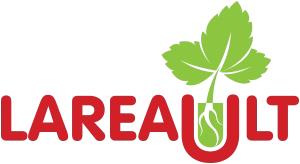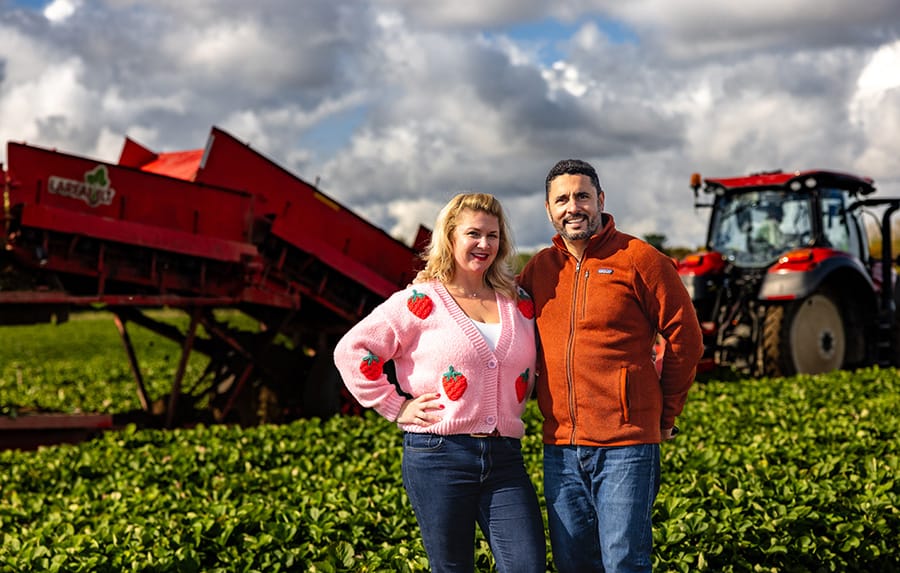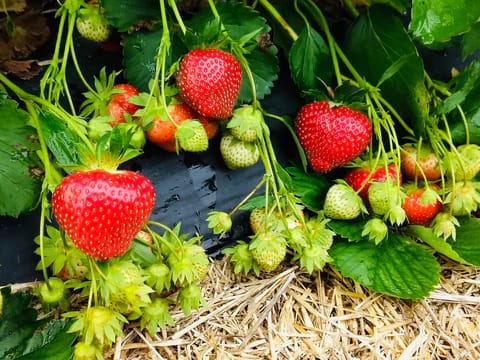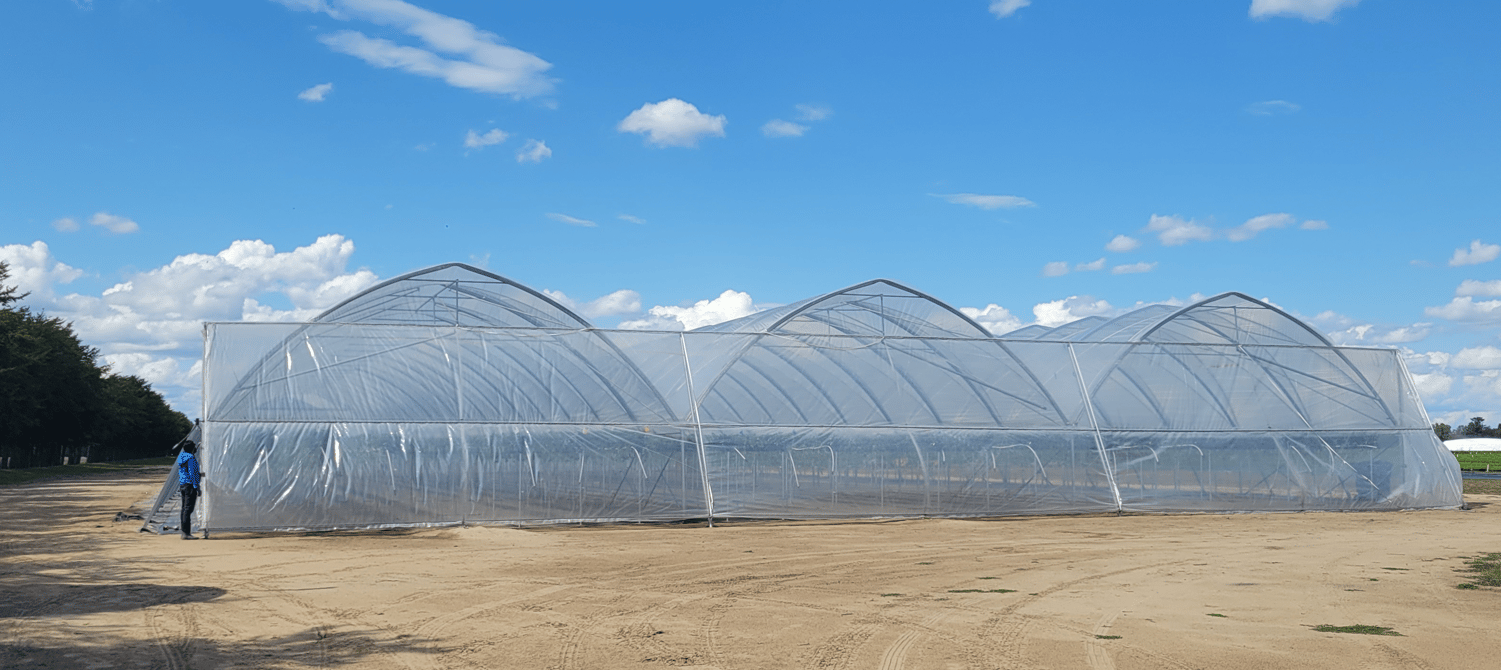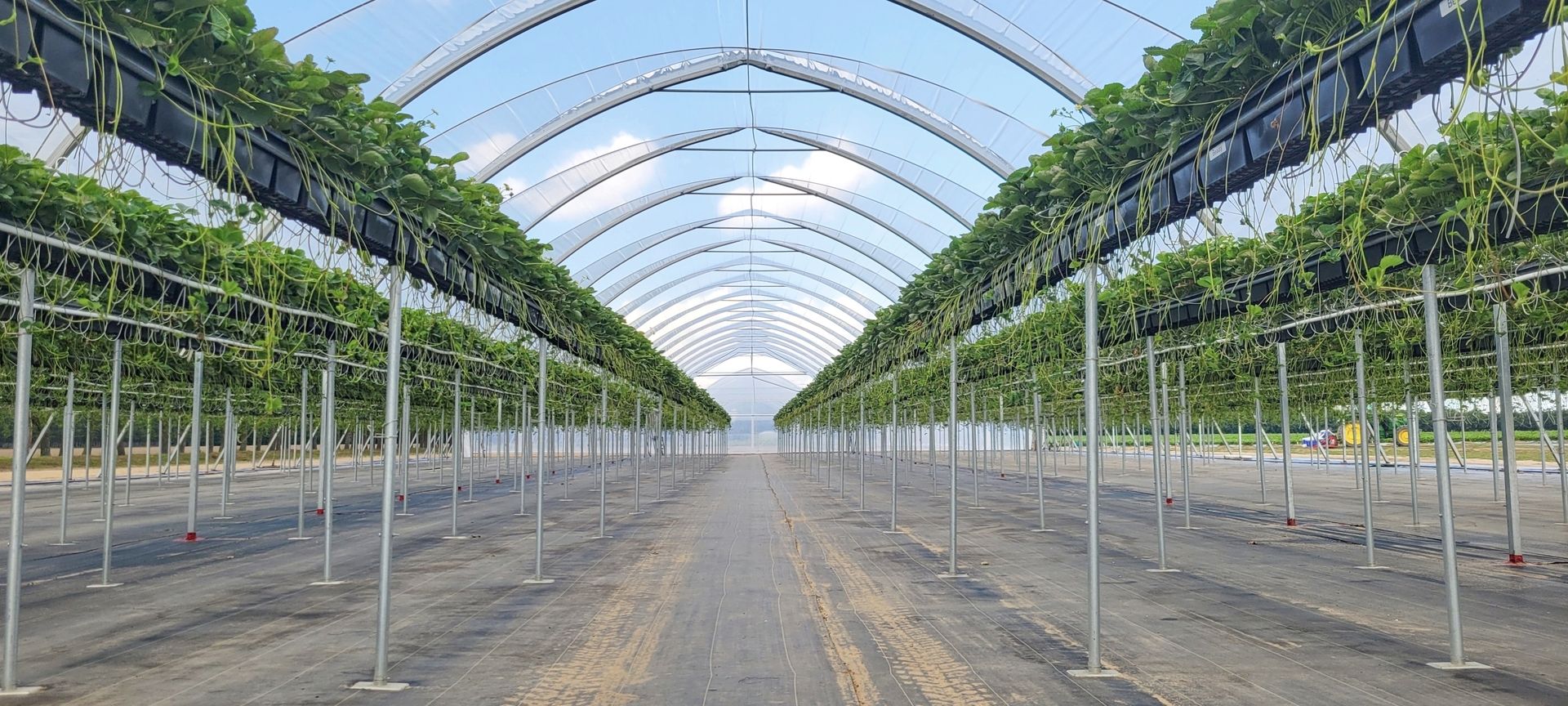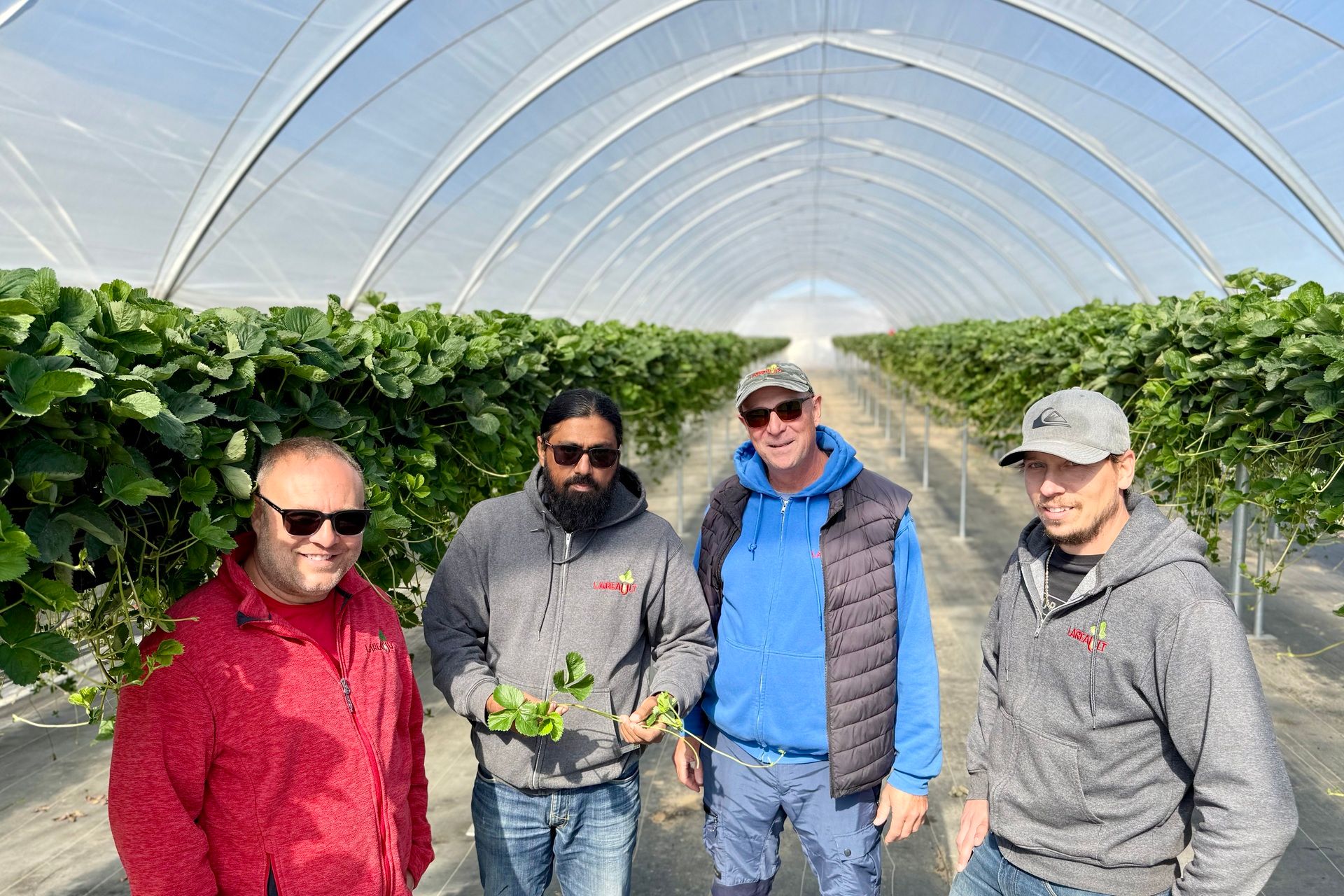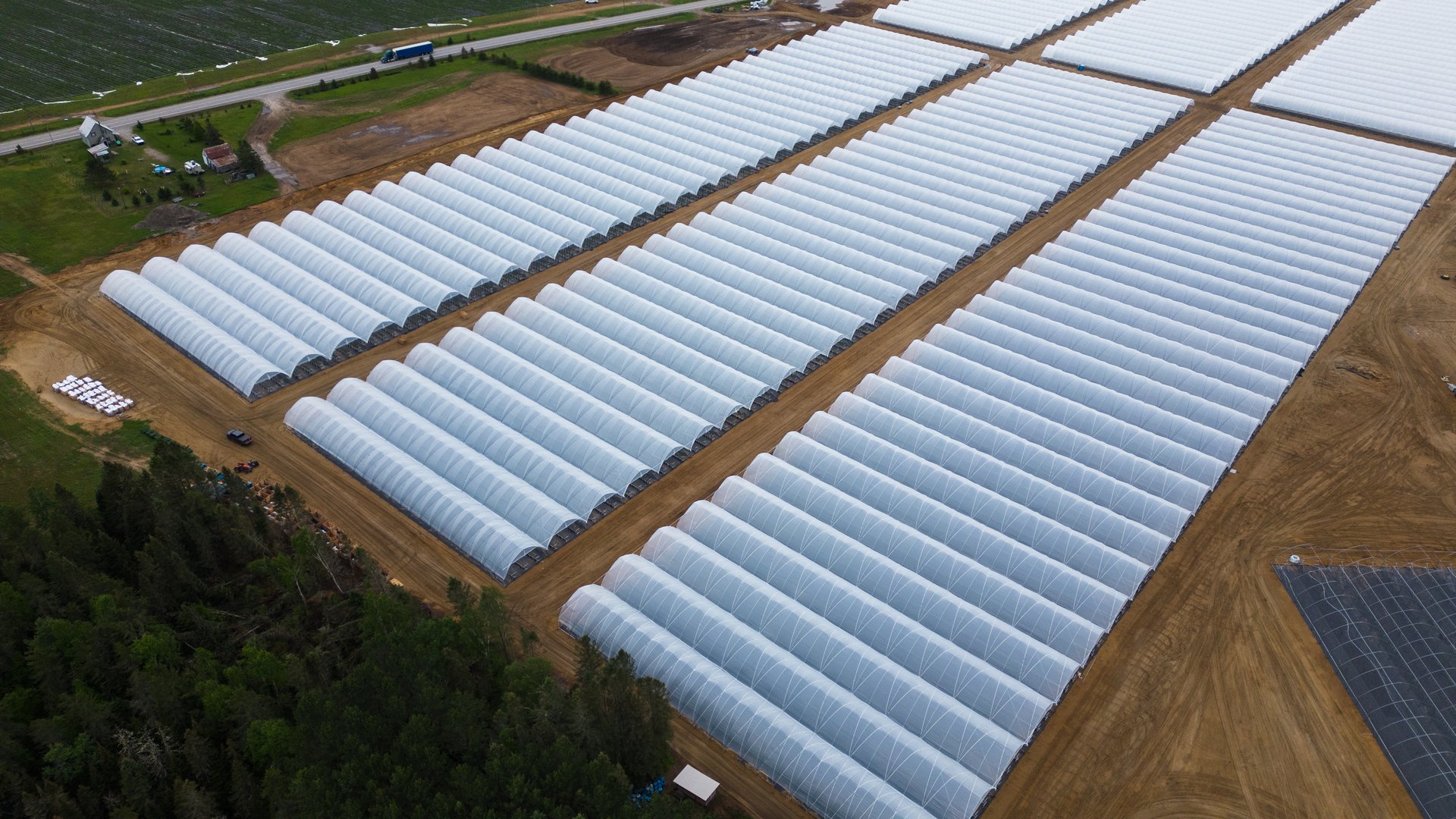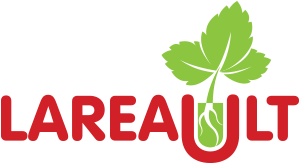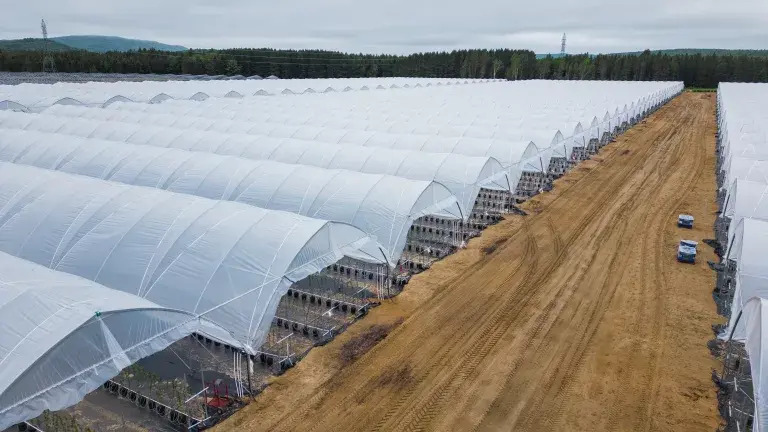- Horti-Gen Insights
- Posts
- The Future of Strawberry Propagation: Innovation and Nursery Excellence in North America
The Future of Strawberry Propagation: Innovation and Nursery Excellence in North America
Exploring how Québec’s Production Lareault is driving the future of strawberry propagation in Controlled Environment Agriculture.
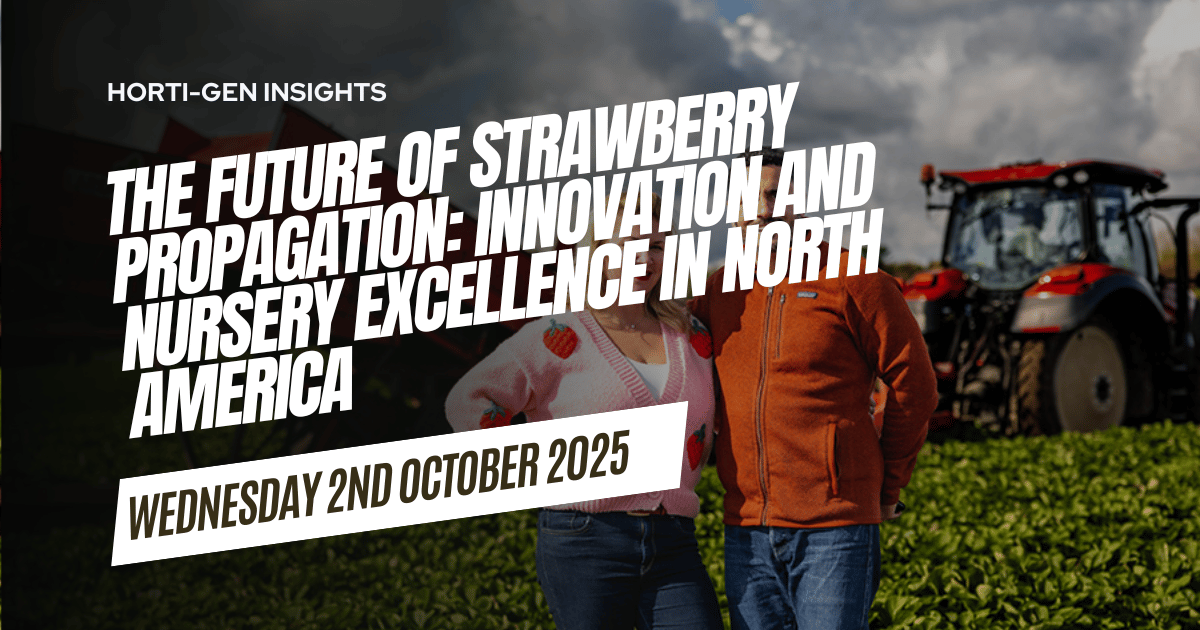
Introduction
Strawberry cultivation continues to evolve at a rapid pace, driven by technological advancements, shifting market demands, and the increasing need for crops with consistent quality and disease resistance. At the heart of this transformation are propagation nurseries, the often-overlooked starting point of every fruiting cycle.
Among the leaders in this sector in North America is Production Lareault, a family-rooted nursery in Québec that has built its reputation over decades of innovation and rigor in producing healthy strawberry plants.
To better understand how the propagation sector is preparing strawberry growers for the future, Horti-Gen Insights spoke with Frédérick Laforge, agronomic expert at Production Lareault. In this dialogue, he shares the rich history of the company, the rigorous processes that ensure plant quality, and the innovative projects aimed at transforming strawberry plants production not only in Québec but across North America.
A Legacy Rooted in Resilience
The story of Production Lareault dates back to 1953 in Saint-Antoine-de-Lavaltrie, Québec. Originally a family farm that produced both tobacco and strawberries, a critical turning point occurred during an early spring night when frost threatened the strawberry crop. Maurice Lareault, the founder, deployed overhead irrigation, a technique previously unused in the region, to shield the flowers from the cold. Against all odds, this bold move saved the crop.
The success sparked interest from neighboring growers, who began turning to Maurice for runner plants. What started as an emergency intervention soon grew into a specialized vocation in strawberry propagation.
In subsequent decades, the nursery, later led by Maurice’s son Luc, continued to build momentum by introducing certified production standards in collaboration with Québec’s Ministry of Agriculture, Fisheries and Food (MAPAQ). Exclusive strawberry varieties and the creation of an export stream to the southern United States expanded Lareault’s reach beyond provincial borders.
Fast-forward to today: since July 2023, new owners Antoine Casimir and Andrea Borodenko have taken the helm. They are already modernizing operations with fresh investments in tunnel-based propagation systems and strategic improvements across the farm. Through these transitions, the company has remained true to its principle of exclusive focus on propagation. Unlike mixed-production nurseries, no fruit is commercially cultivated on-site at Lareault. This absolute separation represents a cornerstone of their plant health strategy, significantly reducing the risk of disease and pest transmission.
Supporting Producers in a Complex Market
Strawberry growers face increasingly complex decisions when planning their crops. Rapid varietal innovation, emerging cultivation techniques, and market segmentation all shape the choices that drive profitability. This is where Production Lareault plays a consultative and guiding role.
“Technological change and the speed at which new varieties arrive make planting decisions increasingly complex,” explains Frédérick Laforge. “We act as facilitators, helping growers match the right varieties and plant types to their specific production and marketing strategies.”
“We act as facilitators, helping growers match the right varieties and plant types to their specific production and marketing strategies.”
The nursery leverages over 15 years of in-house varietal evaluation, conducting rigorous trials each season on its site. By observing how new selections perform in local conditions, Production Lareault is better positioned to advise farmers on variety adoption, whether their strategy emphasizes local markets, extended harvest periods, or high-value retail demand.
This approach moves beyond simply selling plants. It positions Lareault as a partner in decision-making, ensuring its clients can align planting material with long-term production and market success.
Safeguarding Plant Health at the Highest Standards
For commercial strawberry growers, the quality and health of young plants can determine the outcome of an entire season. Viruses, fungal pathogens, and pests such as Neopestalotiopsis (also called Neo-P) represent significant threats. Production Lareault has developed stringent practices to mitigate these risks and deliver plants with unparalleled reliability.
As Frédérick Laforge notes, “The fact that we avoid any commercial fruit production on-site is fundamental. It eliminates potential reservoirs of pests and pathogens.”
“The fact that we avoid any commercial fruit production on-site is fundamental. It eliminates potential reservoirs of pests and pathogens.”
Beyond this structural choice, the nursery also enforces a unique bio-exclusion framework:
Its acreage is consolidated in a block of contiguous fields, preventing uncontrolled vehicle transit.
Machinery is disinfected every time it moves between parcels.
Strict buffer distances separate plots to reduce cross-contamination risks.
Production Lareault’s agronomic team carries out the industry’s highest screening standards, monitoring for known threats and staying on top of new research in berry crop protection. The upstream supply chain is also tightly controlled. The nursery sources starting material from a dedicated partner laboratory, maintaining both in vitro and in vivo banks of strawberry and raspberry material. These plants are tested against all known pathogens before shipment, re-tested upon arrival at the nursery, and then screened again multiple times at the end of each propagation cycle.
This multi-layered vigilance ensures clients receive planting material that strengthens yields rather than jeopardizing them—a foundation particularly essential at a time when crop loss tolerance is at an all-time low.
Preparing Growers for Climate and Economic Shifts
Rising energy costs, climate volatility, and rapidly shifting consumer demand are reshaping investment decisions for strawberry growers. In Fréderick Laforge’s view, the adoption of protected cultivation systems, whether in the form of tunnels or controlled environments, will become non-negotiable in the years to come.
“Producers must ask themselves how their marketing approach supports these investments,” he says. “The technology itself is only part of the equation. Real profitability lies in aligning the production method with the right commercialization strategy.”
This means growers should not simply adopt structures such as high tunnels or greenhouses reactively. Instead, they must strategically integrate these systems into the entire value chain—from transplant choice to sales agreements. Nurseries like Production Lareault are becoming pivotal in advising farmers not only on agronomic risks but also on long-term market positioning.
Innovating with High-Tunnel-Based Propagation
One of the most exciting ongoing developments at Production Lareault lies in the exploration of substrate-based propagation inside Gothic-style high tunnels. Traditionally, propagation has relied on open-field systems, but controlled-environment propagation offers distinct advantages:
Earlier plant availability, enabling growers to hit premium marketing windows.
The ability to supply specialized transplants for heated greenhouse production is an emerging demand across North America.
Greater consistency and resilience under increasingly erratic weather conditions.
For Canadian markets, earlier availability could transform domestic strawberry supply, reducing gaps and enhancing retail continuity, for North American greenhouse producers, reliable, high-quality transplants tailored to heated systems could support the expansion of winter and off-season berry production closer to consumers.
Frédérick notes that this innovation may also extend to the export segment, enhancing flexibility and timing for international clients. In effect, Production Lareault’s exploration of tunnel propagation can be seen as a bridge between traditional nursery practices and the future demands of Controlled Environment Agriculture (CEA).
Our new trials next year will enhance the quality of our young plants. With our expertise, combined with that of Harnois Greenhouses and Dubois Agrinovation, two local partners, we are committed to achieving excellence
How Did You Like Today's Newsletter? |
Conclusion
Strawberry growers face an environment of heightened complexity, as climate change, rapid varietal development, and market segmentation present both opportunities and risks. As this interview with Frédérick illustrates, Production Lareault continues to play a crucial role in navigating these dynamics.
From their legacy of innovation, dating back to Maurice Lareault’s pioneering work in frost protection, to today’s cutting-edge exploration of tunnel-based propagation systems, the nursery exemplifies what it means to be both tradition-driven and future-focused. Their uncompromising commitment to plant health, deep integration of varietal evaluation, and advisory role with growers position them as more than suppliers. They are strategic partners in shaping the next chapter of North American strawberry production.
For those looking ahead, the message is clear: investment in propagation, done with rigor, innovation, and vision, remains the cornerstone of sustainable, profitable strawberry cultivation in the controlled environment era.

